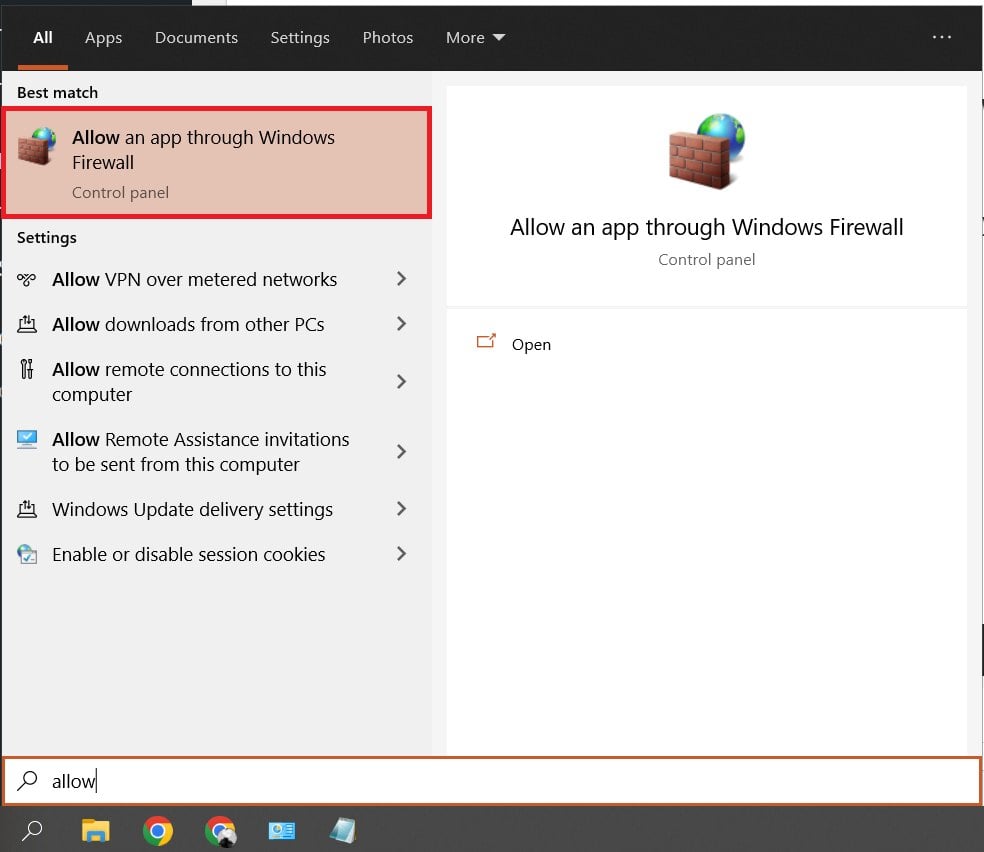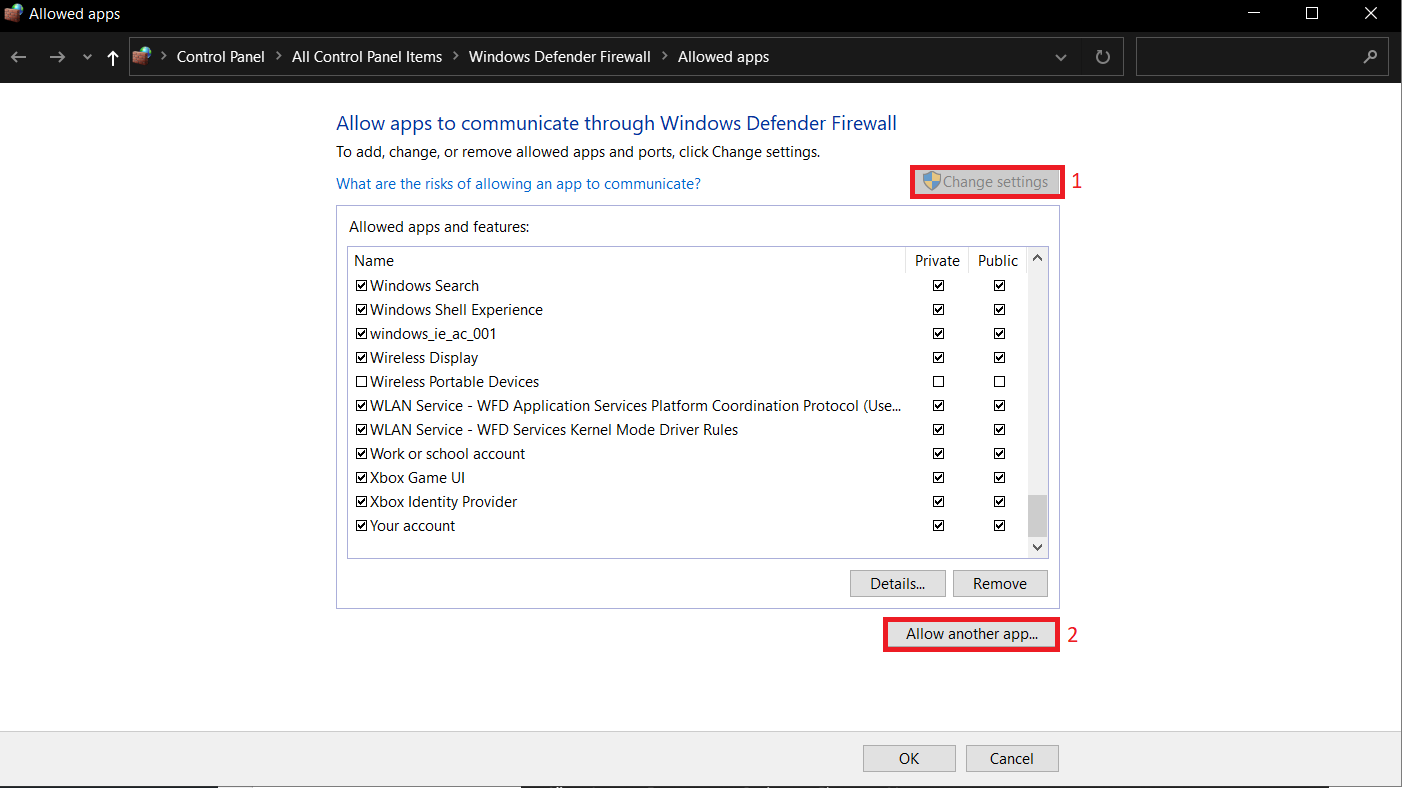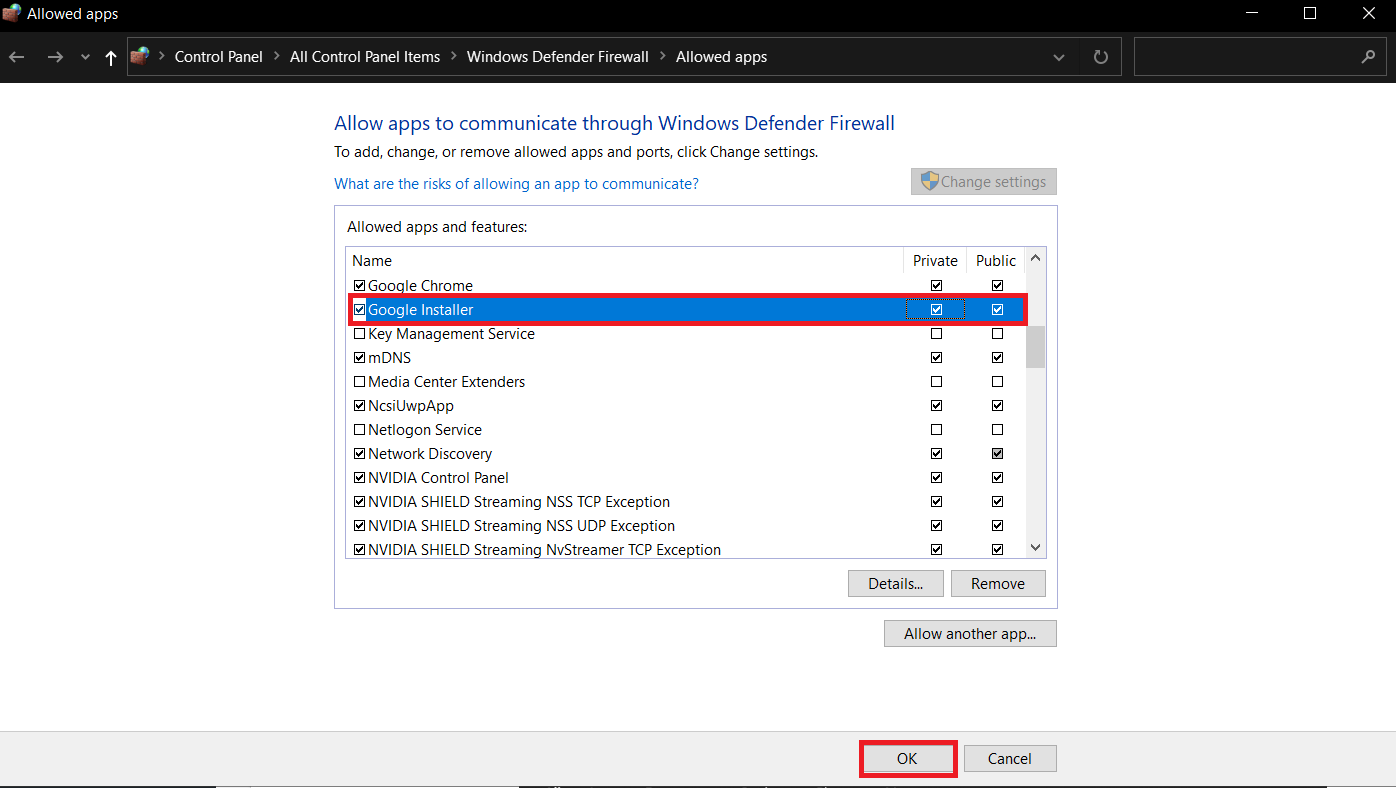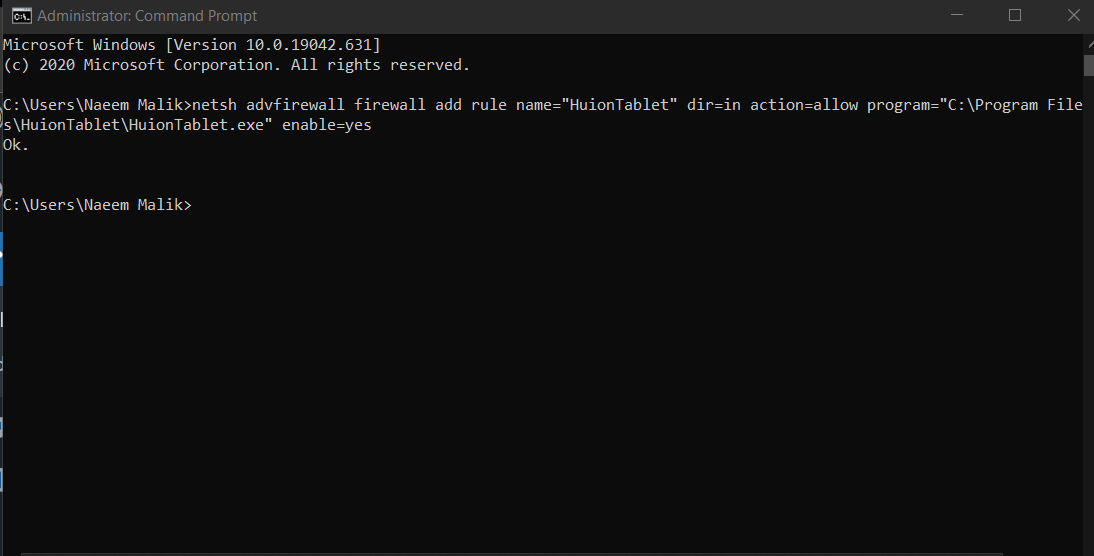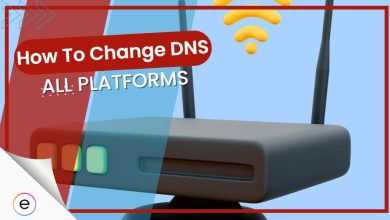Sometimes your Firewall can tag trusted applications as harmful content, blocking them from accessing the Internet. It can be a bit annoying when this happens, but there are reasons why it does, and re-enabling it is easy enough that it’s not that big of a deal. Learn all there is to know about how to allow application access through Firewall in this guide.
- Windows Firewall can sometimes block some applications from accessing the Internet as it deems them to be either harmful or malicious.
- It is important to note that while this can be an invalid blockage, you will be giving the application in question full access to communicate with your PC.
- Generally, there are 2 methods to bypass this automatically applied restriction:
- Adding the application to the list of ‘Allowed Apps Through Firewall.’
- The second method is opening a direct port. But using this method involves a lot more risk, which is why it is not recommended.
Things To Keep In Mind
While Microsoft‘s implementation of the Firewall is regarded to be pretty great, there isn’t a single firewall implementation that can be considered to be 100% accurate. Developers have built firewalls upon previous revisions instead of remaking them from scratch. Think of your Firewall as Swiss Cheese slices stacked together.
A revision or a stack of rules can be considered to be a slice with holes that were covered by later slices. When an application breaks the criteria of this slice, your firewall automatically blocks it for network protection. So before following through with the guide, ensure the application is legit. Some risks, as also pointed out in this official article, involved when manually doing so are as follows:
- When you allow a 3rd party application through your Firewall, you will be opening up a connection that allows unauthorized access to your computer.
- Doing this generally makes your computer less secure and more susceptible to malware attacks.
How To Allow Application Access Through Firewall
There are two methods to allow application access through a firewall.
- Opening Required Ports.
- Adding it to the list of Allowed Apps.
Both methods are essentially the same in essence, but we are not going to be covering the first method of opening ports. This is because it compromises a lot more on security as you will be opening up a port for basically forever.
When you add an application to the aforementioned list, you are basically opening the ports it requires anyway. This makes the first method much more undesirable. The methods to allow the application and add it to the list are as follows:
Through Windows Firewall
The steps to do so through the Firewall itself are as below:
- Click on Start Button and search for ‘Allow an app through Windows Firewall.’

Opening Windows Firewall (Image by eXputer) - Once opened, click on Change Settings.
- Now click on Allow another app.

Opening the Menu to Add Applications to the List (Image Copyrighted by eXputer) - Click on Browse and go to the directory for the executable of your 3rd party application.
- Once done, click on Add.

Adding the Application the Allowed List (Image by eXputer) - Now search for the added app and make sure that both Public and Private are ticked as required.

Enabling the Connection for the Added App (Image by eXputer) - Click on Ok to save the changes.
Through Command Prompt
If you prefer using CMD, the following steps can be followed:
- Search for Command Prompt in your Start Button.
- Right-Click on it and select Run as Administrator.

Opening CMD as Admin (Image by eXputer) - Once opened, use the following command: ‘netsh advfirewall firewall add rule name=”HuionTablet” dir=in action=allow program=”C:\Program Files\HuionTablet\HuionTablet.exe” enable=yes’.

Allowing the App through Firewall in CMD (Image Copyrighted by eXputer) - Replace the rule name with whatever you may like and the path with your executable’s path.
For good measure, consider restarting your computer.
Parting Words
We hope that you were able to fix your firewall-related problem by following this guide. While it is understandably annoying when most of your 3rd party applications get blocked by Firewall, it is important to note that it is in place so that no one is able to have free access to your computer by simply listening on an open port.
Next:
Thanks! Do share your feedback with us. ⚡
How can we make this post better? Your help would be appreciated. ✍
